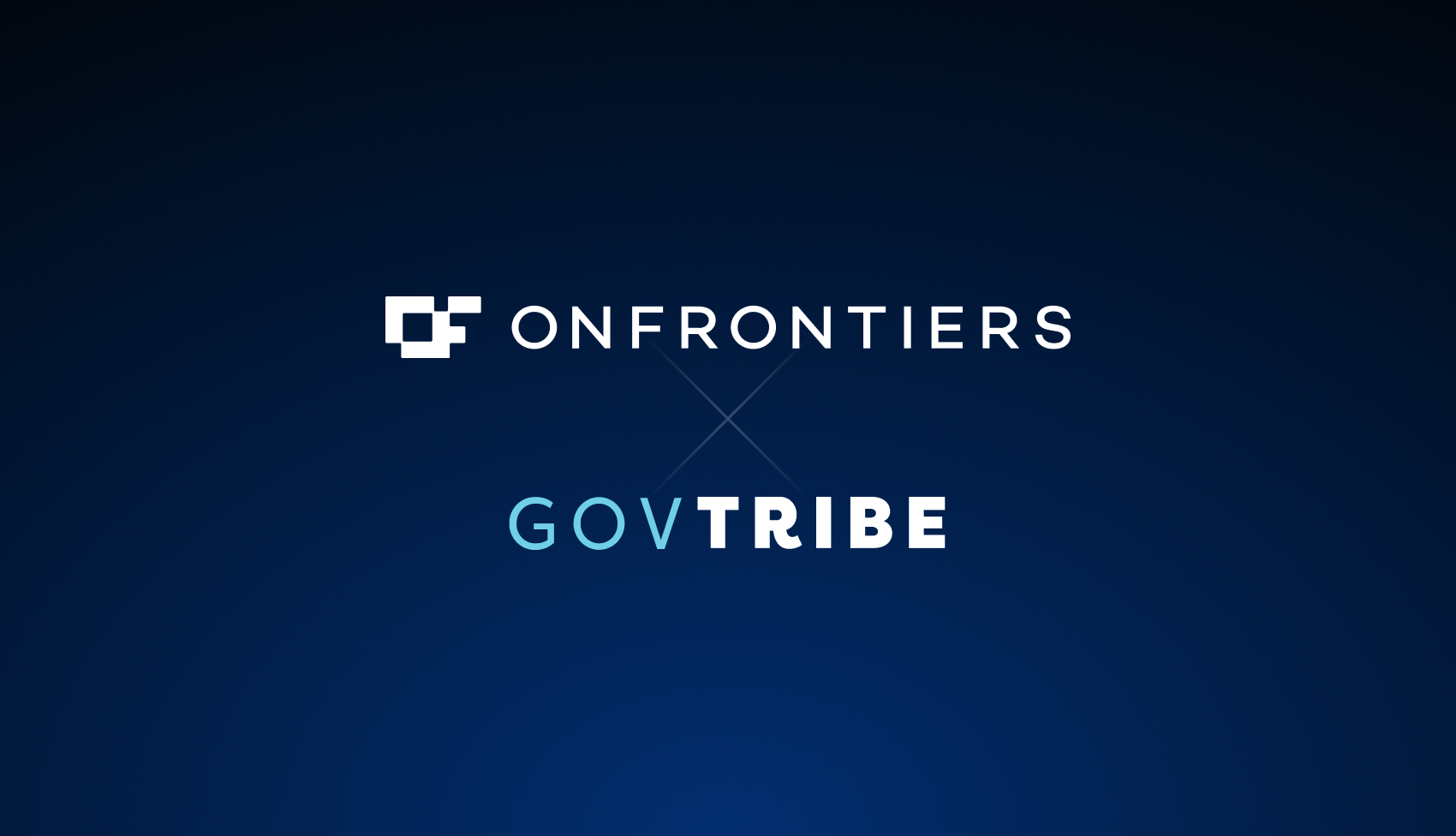How to Build a Robust Digital Identity Program

Cyber intrusions have increased with the rise of public sector technology concerns, and one of the most effective ways to prevent them is through a robust digital identity program. This includes two-factor authentication (2FA) and single sign-on (SSO). Building these programs can be difficult, but there are some essential steps that can make the process much smoother.
Authenticating the identities of government employees, contractors, and citizens is essential to the mission of any government agency. In recent years, high-profile cyber intrusions have underscored the importance of strong authentication measures. The Office of Personnel Management hack in 2015 was a stark reminder of how weak authentication methods can leave an organization vulnerable. In this article, we’ll discuss what digital identity is, the benefits of a robust digital identity program, and how you can go about building one.
What Is a Digital Identity in the Public Sector?
Your digital identity is the set of data points that identify you online. This can include everything from your name and address to your social media activity and browsing history. Collectively, this information can be used to confirm your identity.
In the public sector, digital identity is often used for authentication purposes. When accessing a government website or application, your digital identity is verified to ensure you are who you say you are.
Digital Identity in the public sector is managed through an identity management system. This platform stores, manages, and authenticates the digital identities of employees, contractors, and citizens. In the wake of high-profile cyber breaches, many government agencies have been working to strengthen their identity management systems.
The Department of Homeland Security’s Continuous Diagnostics and Mitigation (CDM) program is one example of an identity management initiative designed to help government agencies improve their cybersecurity posture.
The following are examples of data points that may be used to establish a digital identity:
- Username and password
- Purchasing behavior or history
- Date of birth
- Social security number
- Online search activities, such as electronic transactions
- Medical history
What Are the Best Ways to Authenticate the Identities of Gov. Employees Continuously?
GSA’s Login.gov is the primary digital identity platform for the federal government. Login.gov allows users to sign into multiple government websites and applications with one set of credentials. The platform also offers 2FA and SSO capabilities to authenticate employees’ identities.
There are a few key steps that you need to take to build a robust digital identity program to authenticate government employee identities, including implementing:
- Unique passwords
- Multi-factor authentication (MFA)
- Cryptographic-based authentication
- Single sign-on (SSO)
Organizations must implement strong authentication measures to ensure that a digital identity program is effective. This includes using unique passwords, multi-factor authentication, and cryptographic-based authentication. But what are these features, and how do they work together to create a strong digital identity program?
Unique Passwords
One of the most important steps that you can take to improve the security of your digital identity program is to implement unique passwords. This means that each user will have a different password for each government website or application that they need to access.
Multi-Factor Authentication (MFA)
Another important step that you can take to improve the security of your digital identity program is to implement multi-factor authentication (MFA). MFA adds an extra layer of security by requiring users to provide two or more pieces of evidence to authenticate their identity.
Common types of MFA include: (1) Something you know (a password or PIN) (2) Something you have (a smartphone or security token) (3) Something you are (your fingerprint or iris scan).
Cryptographic-Based Authentication
Cryptographic-based authentication is another strong authentication measure that you can implement to improve the security of your digital identity program. This type of authentication uses digital signatures and public key infrastructure (PKI) to verify the identity of users.
Single Sign-On (SSO)
Another way to make it easier for users to access government systems and applications is to implement single sign-on (SSO). SSO allows users to authenticate their identity once and then access multiple systems and applications with that one set of credentials.
How Can We Authenticate the Identities of Gov. Employees Securely and Efficiently?
Safety and efficiency are two important factors to consider when implementing a digital identity program. As more organizations embrace the cloud, they seek security solutions to validate and authorize internal and external users without disrupting the user experience with complicated authentication approaches.
Authenticating government employees’ digital identity can be done in various ways, but some methods, like PACS or Personal Identity Verification (PIV) cards, are stronger than others. These cards are issued to government employees and contractors and used to verify their identity when accessing government systems.
Who’s responsible for these standards within Federal Facilities?
The Interagency Security Committee, commonly known as the ISC, is responsible for security and safety standards for federal facilities. To ensure that a facility meets these standards, the security staff must have a way to verify the identities of everyone who enters the building.
What does authentication look like?
One way to do this is through using PAC or PIV cards. These cards are issued to government employees and contractors and used to verify their identity when accessing government systems.
PAC or PIV cards are the strongest forms of digital identity authentication because they use Multi-Factor Authentication, or a combination of something you know (a PIN), something you have (the card), and something you are (biometrics) to verify your identity.
Another way to verify the identity of government employees is through the use of cryptographic-based authentication. This type of authentication uses digital signatures and public key infrastructure (PKI) to verify the identity of users.
Cryptographic-based authentication is a strong authentication measure that can be used to improve the security of your digital identity program. This type of authentication uses digital signatures and public key infrastructure (PKI) to verify the identity of users.
PKI is a system of digital certificates and corresponding private keys that can be used to verify the identity of a user. A digital certificate contains information about the user, such as their name, email address, and public key. The private key is used to sign electronic documents and messages to prove that they came from the user.
Conclusion
Regarding digital identity, safety and efficiency are two important factors to consider. To ensure your program is secure, you must implement strong authentication measures.
There are a variety of ways that you can authenticate the identities of government employees. Some methods, like PACS or PIV cards, are stronger than others. However, all of the methods discussed in this article are effective ways to verify government employees’ identity.
When building your digital identity program, OnFrontiers’ network of cybersecurity experts can provide guidance and best practices. To connect with one of these experts, please click here.


